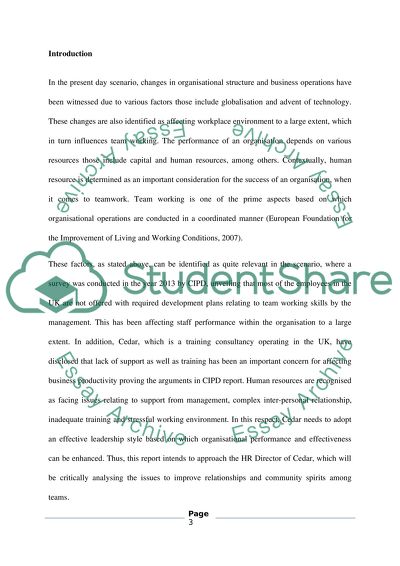Cite this document
(“Team Working (Dynamics, Efficiency) Coursework Example | Topics and Well Written Essays - 2750 words”, n.d.)
Team Working (Dynamics, Efficiency) Coursework Example | Topics and Well Written Essays - 2750 words. Retrieved from https://studentshare.org/human-resources/1688020-team-working-dynamics-efficiency
Team Working (Dynamics, Efficiency) Coursework Example | Topics and Well Written Essays - 2750 words. Retrieved from https://studentshare.org/human-resources/1688020-team-working-dynamics-efficiency
(Team Working (Dynamics, Efficiency) Coursework Example | Topics and Well Written Essays - 2750 Words)
Team Working (Dynamics, Efficiency) Coursework Example | Topics and Well Written Essays - 2750 Words. https://studentshare.org/human-resources/1688020-team-working-dynamics-efficiency.
Team Working (Dynamics, Efficiency) Coursework Example | Topics and Well Written Essays - 2750 Words. https://studentshare.org/human-resources/1688020-team-working-dynamics-efficiency.
“Team Working (Dynamics, Efficiency) Coursework Example | Topics and Well Written Essays - 2750 Words”, n.d. https://studentshare.org/human-resources/1688020-team-working-dynamics-efficiency.


